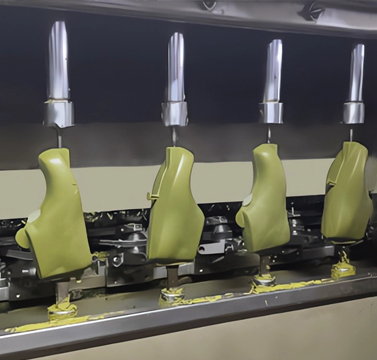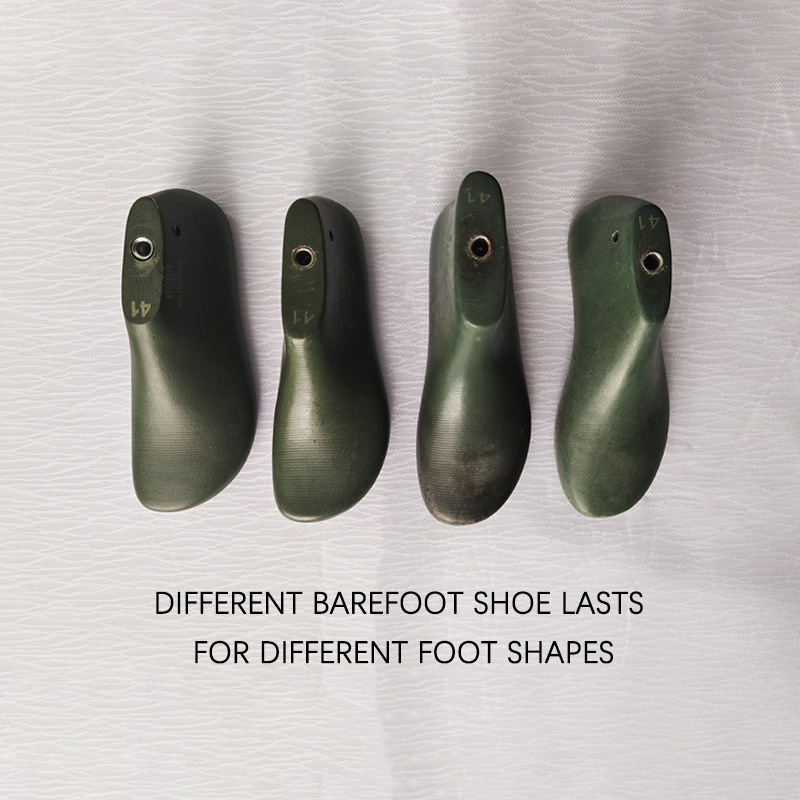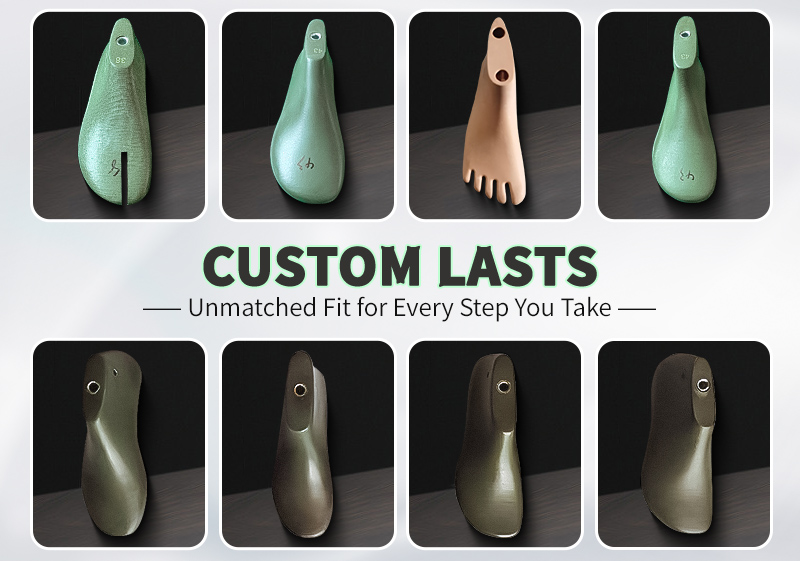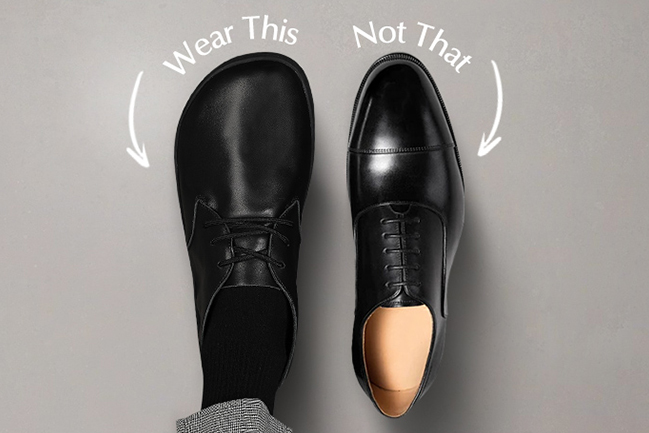The shoe last is the soul of the shoe. Because the structure and shape of the shoe last determine the comfort and beauty of the shoe. The shape of the shoe last determines the shape of the shoe head. The fatness and length of the shoe are all determined by the shoe last. The shoe last not only determines the shape and style of the shoe, but also determines whether the shoe fits the foot and whether it can protect the foot. Modern shoe last design involves multiple disciplines and requires very high manual skills and experience. What is the relationship between the width of the foot and the width of the shoe last? How to determine the width of the shoe last? Let’s take a look together!
What is a shoe last?

The shoe last is the mother of the shoe. It determines the length and fatness of the shoe, and also determines whether the shoe is comfortable and fits the foot. The shoe last is not only used to process shoes, but also an indispensable tool for designing upper samples and bottom parts. The design of the shoe last is based on the rules of the foot shape. On the one hand, it must meet the aesthetic taste of consumers, and on the other hand, it must also meet the specific requirements of the foot for the thickness, length, width, etc. of the last. Only by choosing a good last can we design good samples and produce high-quality and high-grade shoes. The use of shoe lasts to produce shoes has appeared in Chinese history as early as the Tang Dynasty, but the shoes at that time did not distinguish between left and right feet, which is very different from modern shoe lasts.
What is the relationship between shoe lasts, shoes and human feet?

When designing shoe lasts, we must understand the relationship between the width of the foot and the width of the shoe last. The width of the foot increases or decreases with the change of the foot circumference, and the same is true for the shoe last for the convenience of design. The width of the toe and heel of the shoe last should also consider factors such as shoe type, purpose, and heel height. The width of heavy shoes should be greater than that of light shoes, and the width of the shoe last with heels should be less than that of the shoe last without heels. For example, according to the measurement of the toe width of the foot with a 25mm heel height, it is 0.55mm less than that without a pad. If you wear socks to measure it, it will be 1.15mm less. If the toe area is too wide, it is easy to cause the toe to sag, resulting in horizontal flat feet.
The foot contour range on the footprint diagram is actually the contour range that marks the width of the human foot. The footprint is the contour range of the sole of the foot. Generally, the toe and heel width of the shoe last are smaller than the foot contour, which greatly affects the footprint contour. In order to determine the appropriate width size, footprint analysis calculation and wearing comparison were carried out, and the overlapping foot contour lines of the medium foot group were used to observe whether the contour design of the shoe last width is correct.
How to determine the width of the last?
The determination of the basic width of the last is an important part of the shoe last design. It is related to whether the finished shoe is comfortable to wear, whether the appearance is beautiful, whether the raw materials are saved, and the changes of the shoe. Under the condition that the last circumference is fixed, if the basic width is too wide, the finished shoe will inevitably collapse, and the foot will move inside and outside in the shoe, causing the shoe to deform and uncomfortable to wear. The joints from the first toe to the fifth toe of the human foot have more bones, less muscles, and poor compressibility. If the basic width is too narrow, the weight of the human body and the load during exercise will cause the foot to be pinched, which will be obviously uncomfortable to wear, causing the shoes to deform and break early.
The determination of the basic width of the shoe last should be handled separately for different varieties and different processes.
For example, men’s plain leather shoes, because the upper is soft, the leather is elastic, folding and wear-resistant, the flesh of the last circumference can be arranged to be fuller, and the flesh is generally larger than the basic width.
Therefore, the reasonable basic width of the shoe last can only be larger than the footprint width and smaller than the outline width, and at the same time it should be combined with the actual variety, style and process requirements.
Warning: Trying to access array offset on value of type null in /www/wwwroot/www.jinchenshoes.com/wp-content/plugins/elementor/includes/embed.php on line 186
https://www.jinchenshoes.com/wp-content/uploads/2025/02/shoe-last-upgrade.mp4
This is why we have been improving the shoe last, and we also have different options for shoes with different functions. What else do you want to know? You can leave us a message, maybe next time you will see what you want to see!


